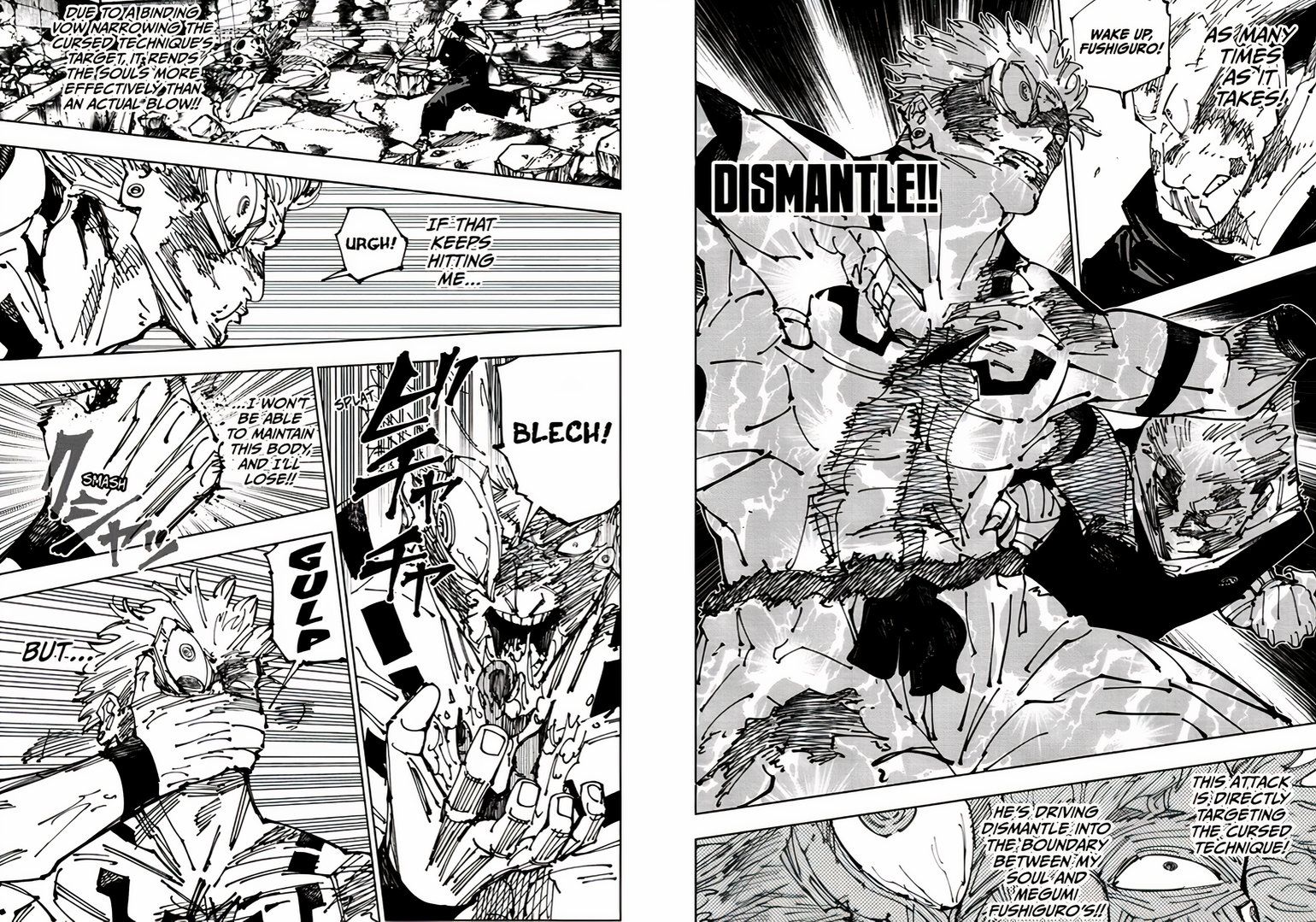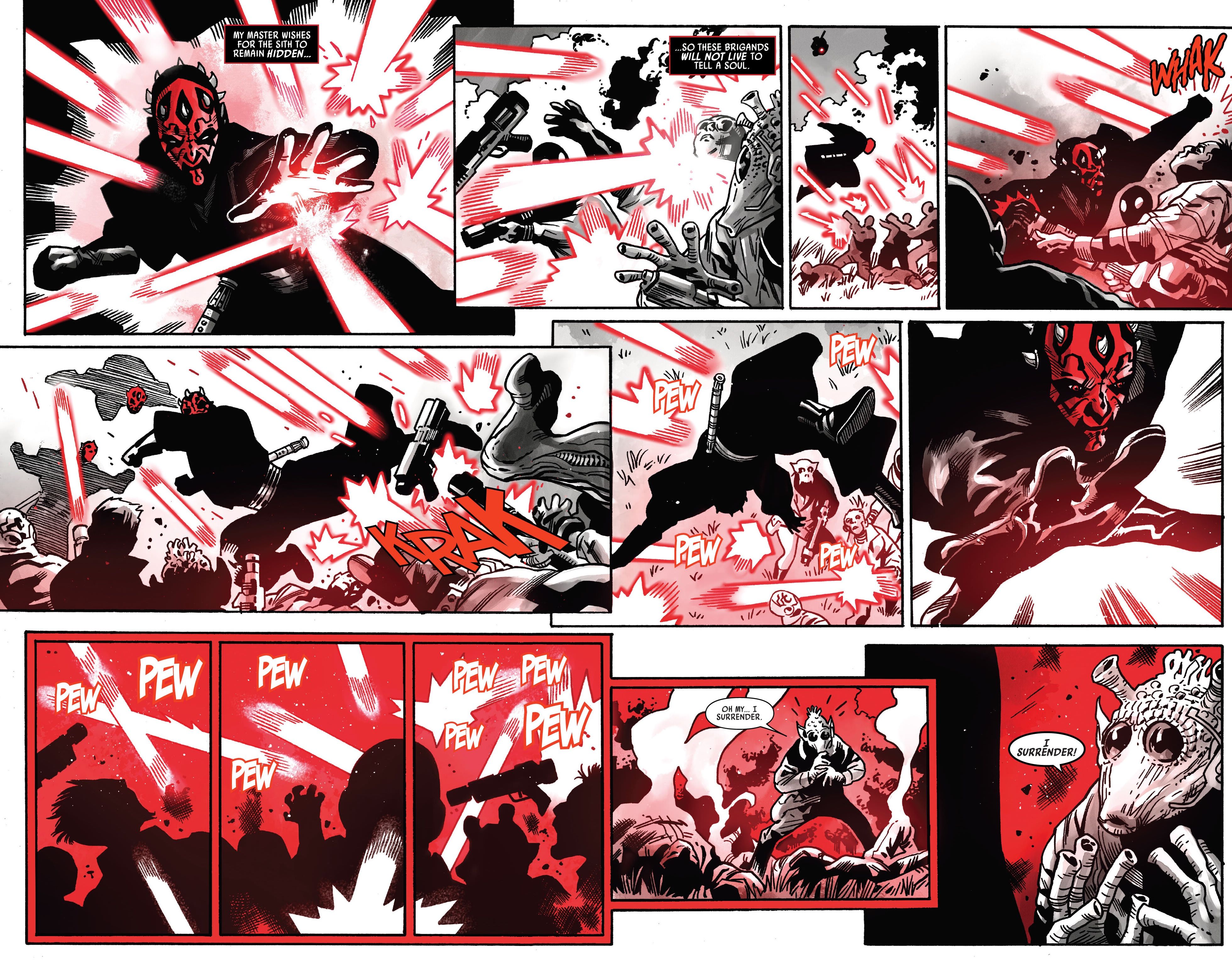Schindler’s List is one of Steven Spielberg’s greatest movies and its realism prompts audiences to ask if it’s a true story. The black-and-white visuals and its exploration of the Holocaust make it as grim a film as possible. However, the change of heart displayed by its titular protagonist, Oskar Schindler (portrayed by Liam Neeson), and his rescue of more than a thousand Jews also turns the historical drama into a moving tale of hope and humanity. This is what adds to Schindler’s List‘s enduring legacy as one of the best movies set during World War II.
The real-world setting and subject, including the actual mass genocide by the Nazis, make Schindler’s List an unsettling and culturally significant reminder of the tragedies of the Holocaust. In terms of its story and impact, the 1993 drama is comparable to Saving Private Ryan — they’re among Steven Spielberg’s best war movies — even though the former seems to come off as more historically accurate. Naturally, given its immense critical acclaim and the numerous awards that it received, Schindler’s List continues to be discussed and studied widely among not just film aficionados but also historians of World War II and the Holocaust.
Schindler’s List Is Based On A Novel
Schindler’s List is based on the 1982 novel Schindler’s Ark by Thomas Keneally. The book is a work of historical fiction with Keneally adding dramatic flair to parts with vague historical details. However, Oskar Schindler very much was a real person who saved over 1,000 Jews from persecution. The novel begins with Oskar Schindler as a money-minded capitalist who indulges in drinking and womanizing while also serving as a member of the Nazi Party. However, as World War II intensifies and Schindler bears witness to the horrors of the Holocaust, he along with his accountant, Itzhak Stern (Ben Kingsley), rescues over 1,200 Polish Jews from Nazis by employing them in factories. These Jews were later referred to as the “Schindlerjuden,” which translates to “Schindler’s Jews.”
One such Holocaust survivor and Schindlerjuden, Poldek Pfefferberg (Jonathan Sagall), managed to convince Keneally to write the novel while also serving as one of the author’s chief advisors. Keneally visited Kraków to know more about the Holocaust’s impact in the Polish town and Schindler’s stint as an industrialist there. Adding fictional dialogue in scenes where the historical details couldn’t be accurately recreated, Schindler’s Ark was marketed as a novel and ended up winning the Booker Prize in 1982. Interestingly, Pfefferberg was also friends with Steven Spielberg’s mother and used this acquaintance to convince the director to adapt Schindler’s life for the big screen.
Who Was The Real Oskar Schindler?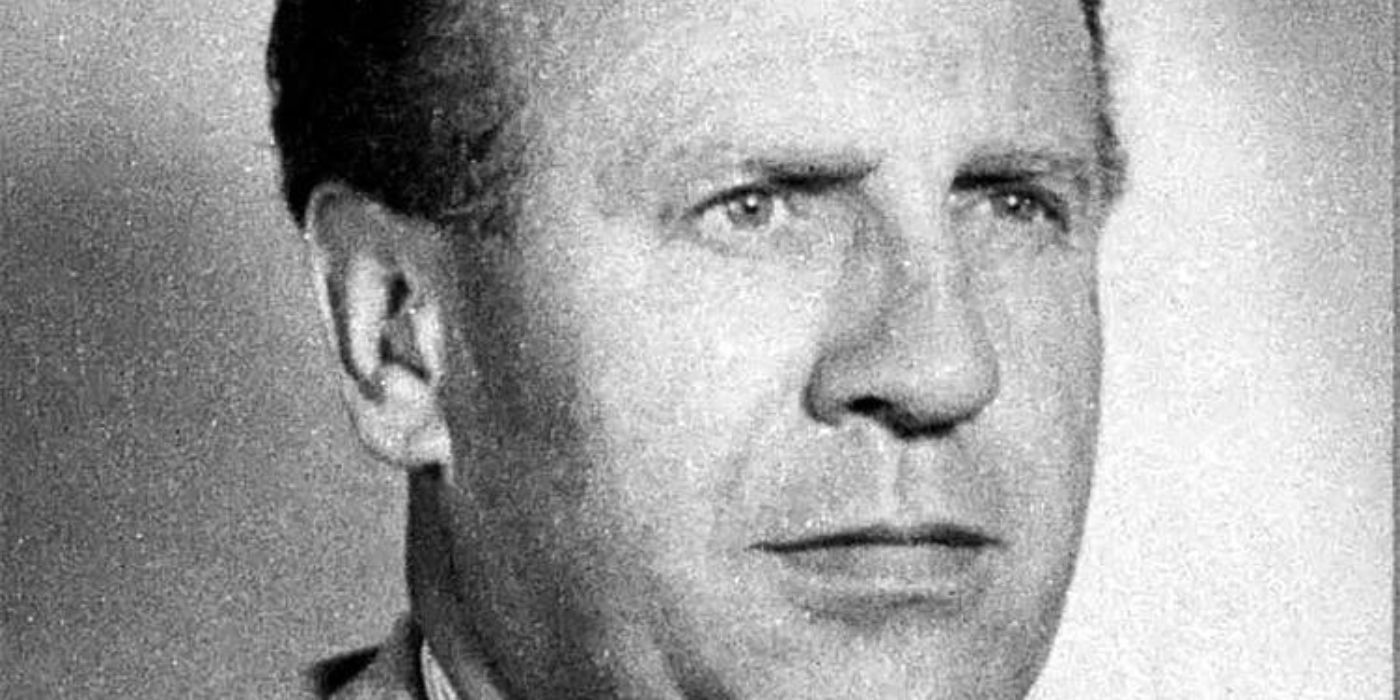
Born in Hungary in 1908, the real Oskar Schindler grew up in a Roman Catholic family in Moravia. He tried out several odd jobs before finding employment in the Abwehr, the military intelligence service of Nazi Germany, which he joined in 1936. Three years later, with the start of the World War II, Schindler joined the Nazi Party. This was followed by his heroic rescue of Jews, which led him to be much venerated among the community even after the war ended. With the creation of Israel, many of the “Schindler’s Jews” depicted in Steven Spielberg’s Schindler’s List could properly resettle, and Schindler attended many of their reunions.
Oskar Schindler died in 1974 at the age of 76 and was buried honorably in Israel’s Mount Zion cemetery in Jerusalem, the only former Nazi to be interred there. He and his wife were honored by the Israeli government with the title of Righteous Among Nations in 1993, the same year as the release of Steven Spielberg’s movie. Unfortunately, Schindler couldn’t run any successful businesses in the post-war period and went bankrupt in 1958, relying on the Schindlerjuden for financial help. Matters were grim on the personal front, too, as his wife, Emilie Schindler (played by Caroline Goodall in the movie), left him around this time.
Oskar Schindler Saved More Than A Thousand Jews During The Holocaust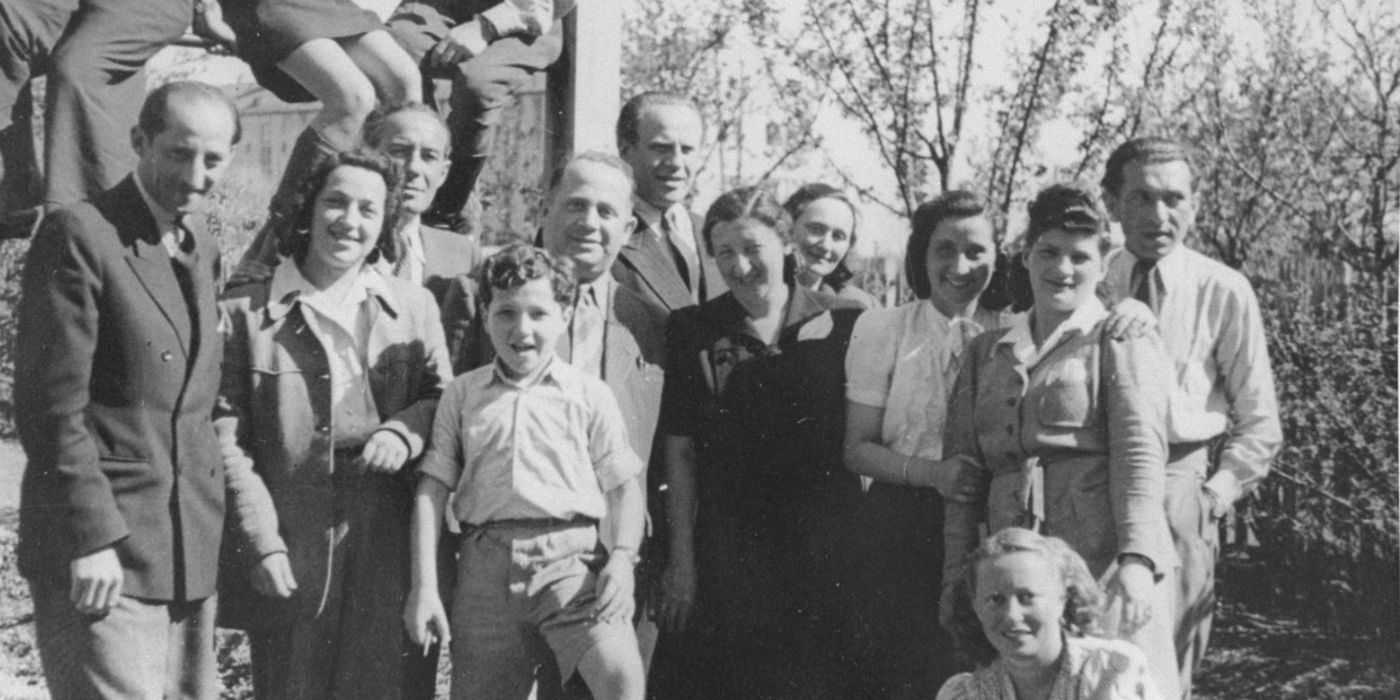
The titular list in the movie Schindler’s List documents the names of the Jews registering in Kraków, most of whom were eventually saved by Oskar Schindler. Most historical sources credit Schindler with saving 1,200 Jews by employing them as workers in his enamelware factory, which he acquired in 1939. Schindler’s strategy involved using his former German intelligence contacts to send off Jews from concentration camps to his factory, protecting them from death and deportation in this process. Sometimes, in extreme situations, the then-wealthy Schindler also resorted to bribing Nazi officials with luxurious gifts that could be purchased only on the black market.
Other Real-Life Figures From Schindler’s List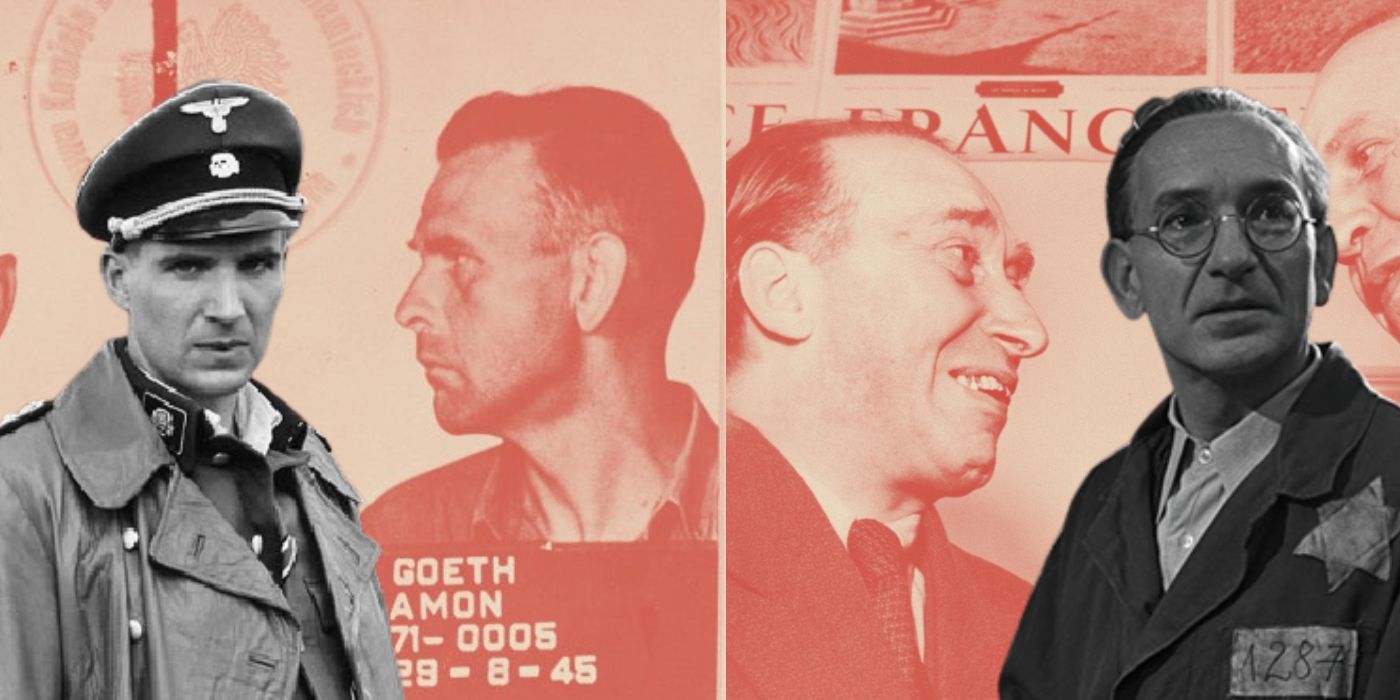
The arcs of the other characters in Schindler’s List are also based on true stories. Amon Göth (Ralph Fiennes), served as the commandant of the Kraków concentration camp and was later convicted as a war criminal for crimes against humanity. Itzhak Stern was Oskar Schindler’s loyal accountant who assisted him in his rescue activities. Stern eventually emigrated to Israel and wrote pamphlets aimed at making Schindler’s humanitarianism more well-known. He died before Schindler, with his former employer reportedly having cried inconsolably at the funeral. Other real figures in the movie include Schindler’s wife, Emilie, Holocaust survivor Poldek Pfefferberg, and several Nazi SS officials.
Many of Schindler’s List‘s supporting characters were actual Jews who had survived the events of the Holocaust. While they appear as concentration camp detainees, many ended up settling in other accomplished walks of life. Leo Rosner, who portrays the according player in the camps, became a musician. Mietek Pemper, the man who compiled the list, worked as an intercultural activist. A graphic artist before the War, Joseph Bau thrived as an animator. Many other Jews who couldn’t survive in Nazi Germany also appear in the film, such as the architect Diana Reiter. The famous “Girl in Red” is, however, a cinematic creation, intended as an allegory for the Holocaust’s devastation.
What Details Does Schindler’s List Leave Out?
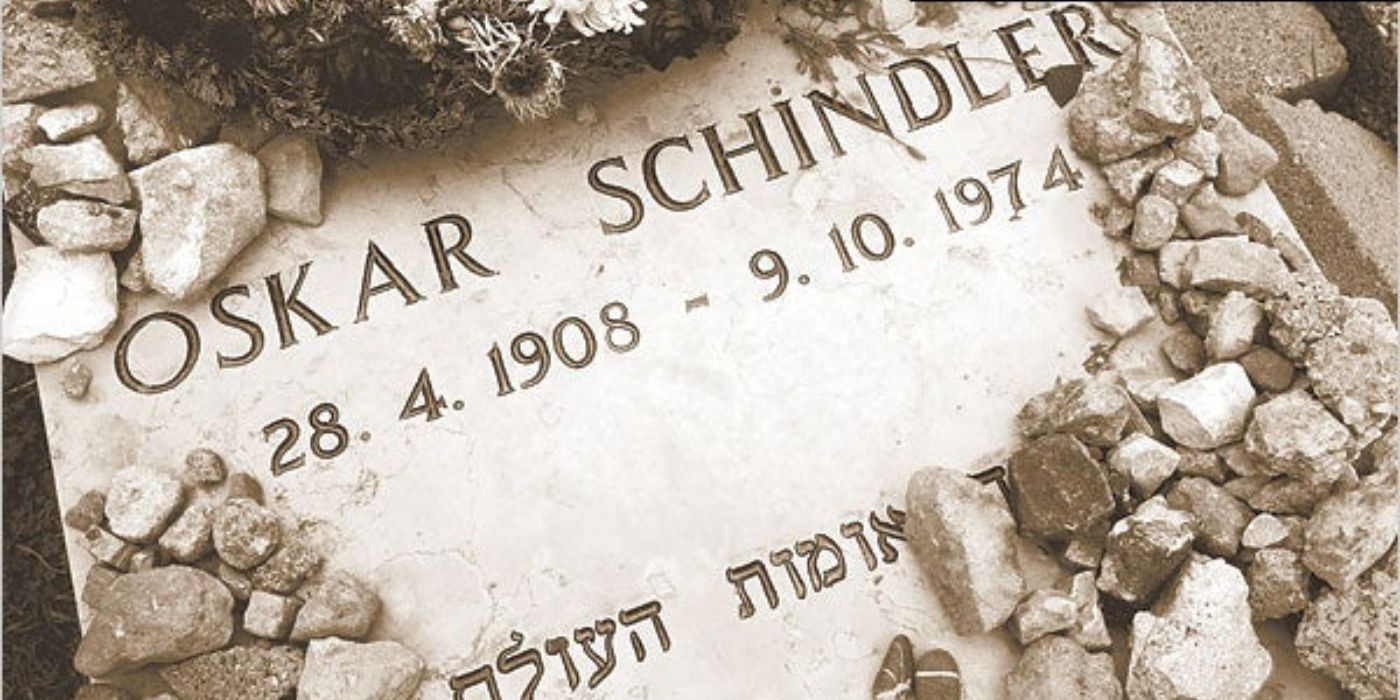
Schindler’s List clocks at a hefty 215 minutes, and the modern black-and-white movie classic incorporates a good deal of Thomas Keneally’s book. However, with Schindler’s Ark being a voluminous work and the conditions of concentration camps being documented by multiple sources, Steven Spielberg’s adaptation could not incorporate all conditions surrounding the rescue operations. For instance, the movie omits the connections that Oskar Schindler had with resistance groups that included Polish people and Jews. Keneally’s research suggests that the industrialist also financially supported such organizations. Additionally, Schindler was arrested three times for his black market activities and connections with Amon Göth, with Schindler’s List only covering one such incident.
Keneally’s descriptions of executions of Jews in a hill nicknamed “Prick Hill” were also removed in Steven Spielberg’s historical epic in favor of scenes like the liquidation of the Kraków Ghetto. Schindler also had to deal with increasing antisemitism while opening his factories, with others in the vicinity putting up posters that read “Keep the Jewish criminals out,” which is another aspect that Schindler’s List leaves out. The movie’s epilogue does briefly touch upon the fact that Göth was executed by hanging and Schindler struggled in his post-war life, but most of the specific details of the aftermath could not make it to the final cut.
